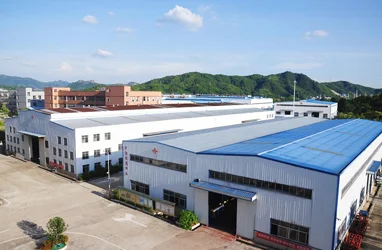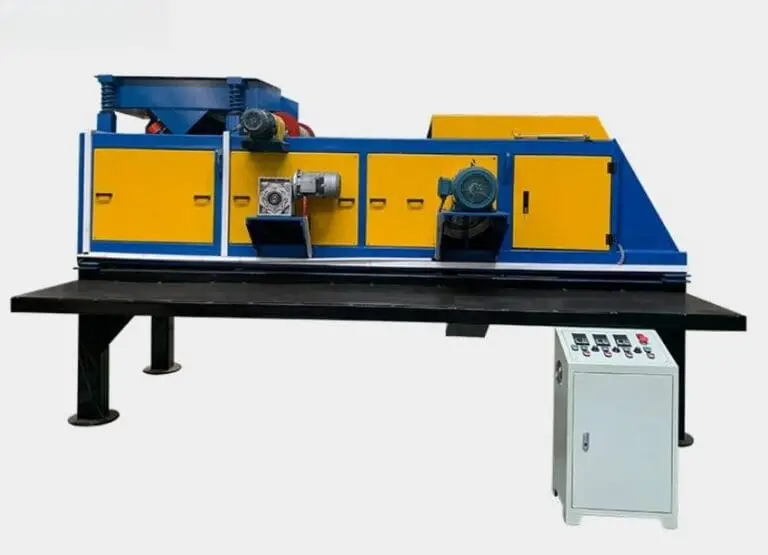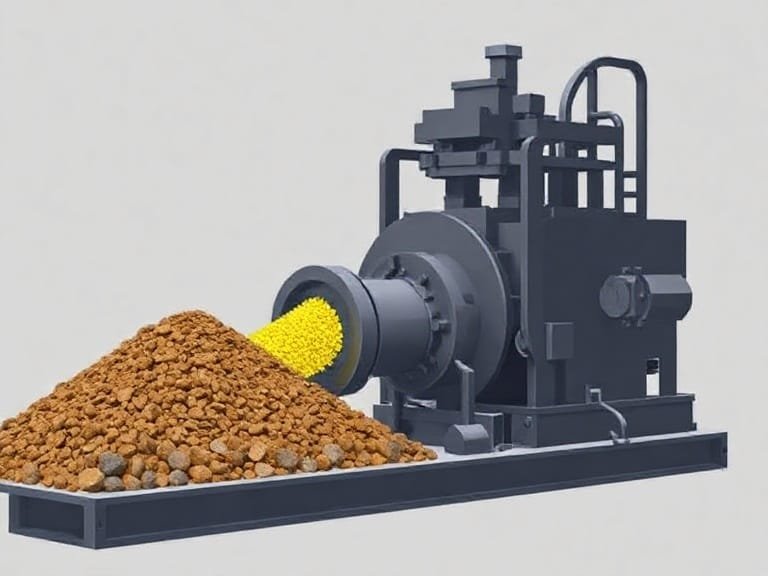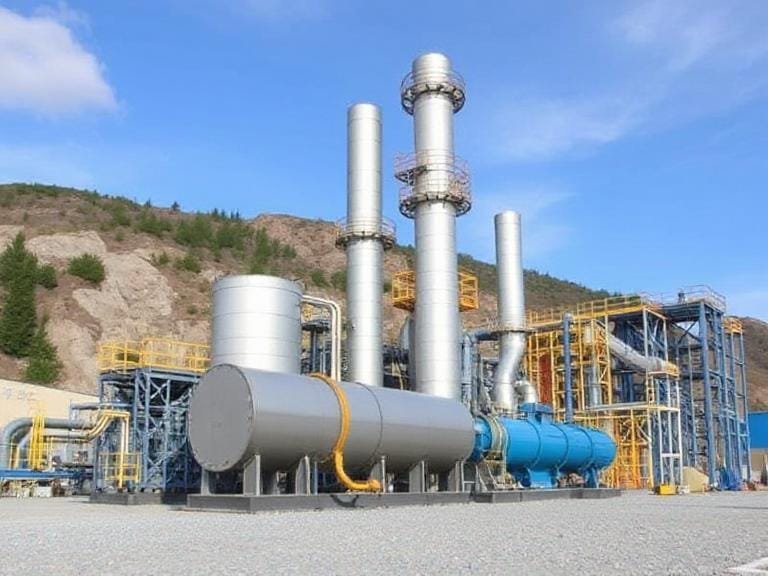5 Main Types of Mineral Processing: Comprehensive Guide 2025
Table of Contents Types of Mineral Processing
- Introduction
- What is Mineral Processing?
- Importance of Mineral Processing
- Main Types of Mineral Processing
- Gravity Separation
- Magnetic Separation
- Screening
- Classifying
- Washing
- Foshan ORO Mineral Co., Ltd.
- Advantages of Modern Mineral Processing
- Challenges and Limitations
- Future Trends in Mineral Processing
- Summary Table
- References
Introduction Types of Mineral Processing
Mineral processing is a crucial step in the mining and materials industry. It involves the separation of valuable minerals from gangue (worthless rock or soil) using physical, chemical, or mechanical processes. The efficiency of mineral processing directly impacts the profitability and sustainability of mining operations. In this guide, we will cover the main types of mineral processing, their applications, and highlight a leading company in the field — Foshan ORO Mineral Co., Ltd.

What is Mineral Processing?
Mineral processing, also known as ore dressing, is the science and technology of treating mined ores to separate valuable minerals from waste materials. It is the first step after mining and plays a significant role in maximizing ore recovery while minimizing environmental impact.
Importance of Mineral Processing
- Resource Utilization: Ensures maximum recovery of valuable minerals.
- Economic Value: Increases the profitability of mining operations.
- Environmental Protection: Reduces waste and enhances recycling of resources.
- Industry Supply Chain: Provides raw materials for construction, electronics, automotive, and energy industries.
Main Types of Mineral Processing
The main methods of mineral processing include:
- Gravity Separation
- Magnetic Separation
- Screening
- Classifying
- Washing
Gravity Separation
Gravity separation exploits differences in specific gravity (density) between valuable minerals and gangue. It is one of the oldest methods and is still widely used.
Examples:
- Gold panning and sluice boxes
- Jigs and shaking tables
- Spiral concentrators
Advantages: Cost-effective, environmentally friendly, no chemicals required.
Limitations: Less effective for fine particles and minerals with similar densities.
Magnetic Separation
Magnetic separation uses magnetic properties to separate magnetic minerals from non-magnetic ones. It is commonly applied to iron ores and other magnetically responsive minerals.
Examples:
- Drum magnetic separators
- High-intensity magnetic separators
Advantages: Efficient for magnetite, hematite, and other iron-bearing minerals.
Limitations: Ineffective for non-magnetic ores.
Screening
Screening involves separating minerals by particle size using vibrating screens, sieves, or mesh systems. It is a preparatory step before further processing.
Examples:
- Vibrating screens for aggregate production
- Rotary trommels in ore washing
Advantages: Simple, cost-effective, high throughput capacity.
Limitations: May require frequent maintenance due to screen wear.
Classifying
Classifying separates particles based on size and density using hydrocyclones, classifiers, or sedimentation techniques.
Examples:
- Hydrocyclones in mineral slurry processing
- Spiral classifiers
Advantages: Provides precise particle size control for further processing.
Limitations: Requires careful calibration and energy input.
Washing
Washing removes clay, silt, and other impurities from mineral ores. It enhances the quality of the final product, especially in sand and aggregate industries.
Examples:
- Sand washing plants
- Rotary scrubbers
Advantages: Improves ore quality, removes contaminants, and prepares ore for beneficiation.
Limitations: Requires water and energy, potential environmental impact if not managed.
Foshan ORO Mineral Co., Ltd.

Foshan ORO Mineral Co., Ltd. is a large-scale intelligent mineral processing, screening, and sand washing equipment manufacturer that integrates R&D, production, and sales. Since its founding in 2014, ORO Mineral has contributed to mineral screening, solid waste resource recovery, beneficiation, washing, and separation, gaining extensive expertise.
ORO’s Products Include:
- Mineral Classifying Machinery
- Mineral Gravity Separation Equipment
- Mineral Magnetic Separation Systems
- Mineral Screening Machinery
- Mineral Washing Machinery
With a strong focus on innovation, ORO Mineral continuously improves technology, develops new equipment, and upgrades services to meet global market demands.
Advantages of Modern Mineral Processing
- Efficiency: Advanced equipment maximizes recovery rates.
- Automation: Reduces human error and improves safety.
- Sustainability: Incorporates eco-friendly practices like water recycling.
- Versatility: Can process a wide variety of ores.
Challenges and Limitations
- Energy Consumption: Many processes require high power usage.
- Environmental Concerns: Waste management and water usage must be carefully controlled.
- Cost: Equipment investment and maintenance are expensive.
- Ore Variability: Different ores require customized processing solutions.
Future Trends in Mineral Processing
- Green Processing: Emphasis on low-energy, eco-friendly methods.
- Artificial Intelligence (AI): Optimizing equipment performance with smart monitoring.
- Automation & Robotics: Safer and more efficient mineral handling.
- Circular Economy: Enhancing solid waste recovery and reuse.
Summary Table
| Processing Type | Main Principle | Applications |
|---|---|---|
| Gravity Separation | Density differences | Gold, heavy minerals |
| Magnetic Separation | Magnetic properties | Iron ores, magnetite |
| Screening | Particle size | Aggregate, ore preparation |
| Classifying | Particle size & density | Ore slurry, fine particle control |
| Washing | Impurity removal | Sand, clay removal, beneficiation |
References
- ScienceDirect: Mineral Processing
- 911 Metallurgist: Mineral Processing Overview
- Britannica: Mineral Processing
- Foshan ORO Mineral Co., Ltd. Official Website





